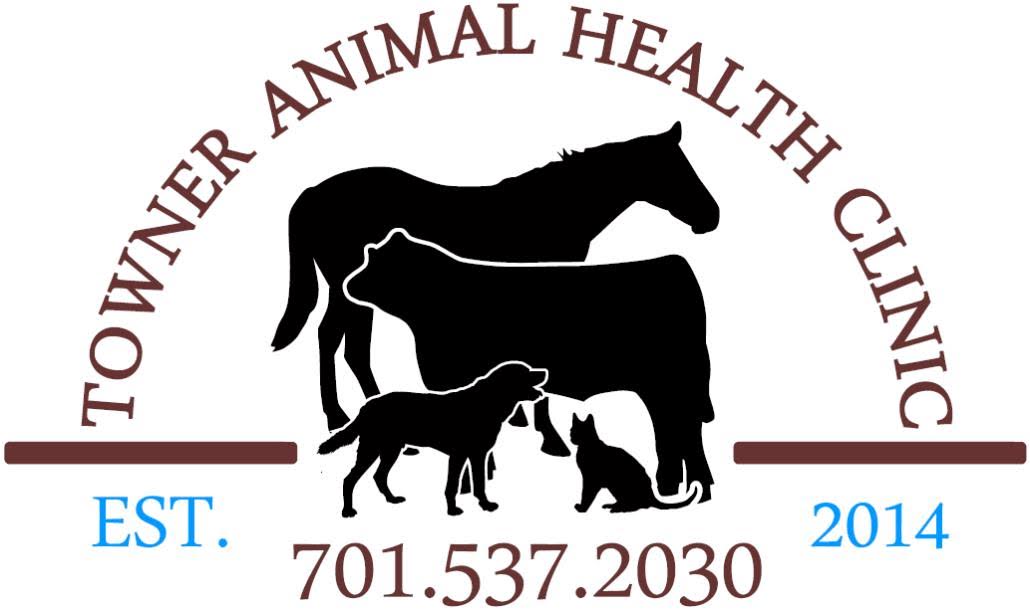Library
-
Periodontal disease is the most common problem affecting cats of all age groups. The importance of daily, at-home dental care cannot be overemphasized. Cats may benefit from either a food, treat, water additive, gel or powder that has been approved by the VOHC to reduce plaque buildup.
-
The American Animal Hospital Association and American Veterinary Medical Association have established guidelines to standardize preventive health care for cats, helping them to live longer, healthier lives. This handout provides an overview of the recommendations within these guidelines and why they are so important.
-
This article reviews the advantages and disadvantages of the different food forms available for cats, including dry, canned, and semi-moist foods. Dry food, or kibble, is easy to portion control and can be fed in puzzle toys. Canned food is a good option but more expensive than kibble and does not last as long once opened. Semi-moist foods are generally not recommended as the main diet due to their high sugar and sodium content, as well as difficulty with portioning. Feeding a combination of canned and dry is recommended for young, healthy cats so that they are exposed to a variety of textures.
-
There are several reasons why your cat might be a picky eater. It’s important to first rule out an underlying medical condition. Picky eaters can be created by their humans offering too much variety of food or can result from cats being overfed treats and snacks. Homemade diets can be an option, but come with several limitations that need to be carefully considered. Other approaches are outlined.
-
Regular preventive health care for your cat can increase the length and quality of her life. Healthcare guidelines are established and kept up to date using the most recent evidence-based recommendations including the recommendation that all cats receive a complete veterinary examination at least once a year or more frequently, depending on their individual needs and health concerns.
-
Treats are a great way to bond with your cat but are an additional source of calories that must be considered within the overall diet. Treats should be no more than10% of your cat's daily calorie intake and, in greater quantities, can create a nutritional imbalance. Consider choosing lower calorie treats for your cat to avoid exceeding the 10% rule.
-
Breed-specific diets are a category of commercial pet feeds available for dogs and cats that are formulated to accommodate various breed predispositions. This article provides a concept overview of these diets, including what they are and what benefits they may serve. Specific examples are reviewed in brief to illustrate case scenarios for common canine and feline breeds.
-
Once your cat has reached adulthood, their nutrient profile will change from when they were a kitten. Your veterinarian can help you determine what proportion of each nutrient is needed based on your cat's lifestyle and current body condition. It is important to lay a good nutritional foundation to maximize the health and longevity for your cat and reduce the potential for developing obesity.

